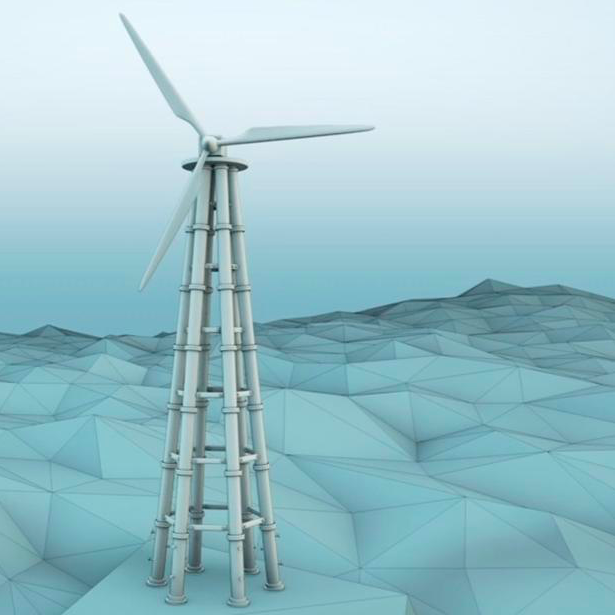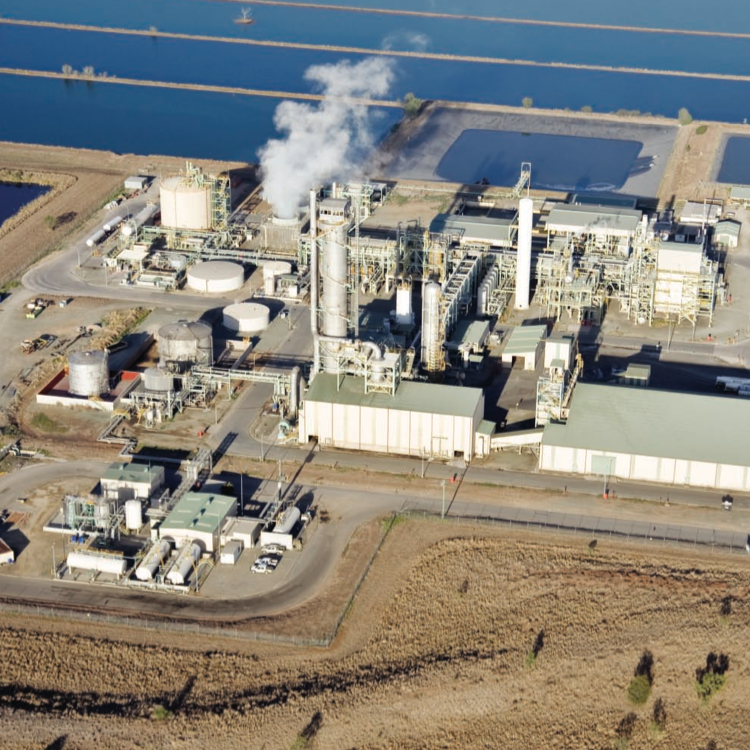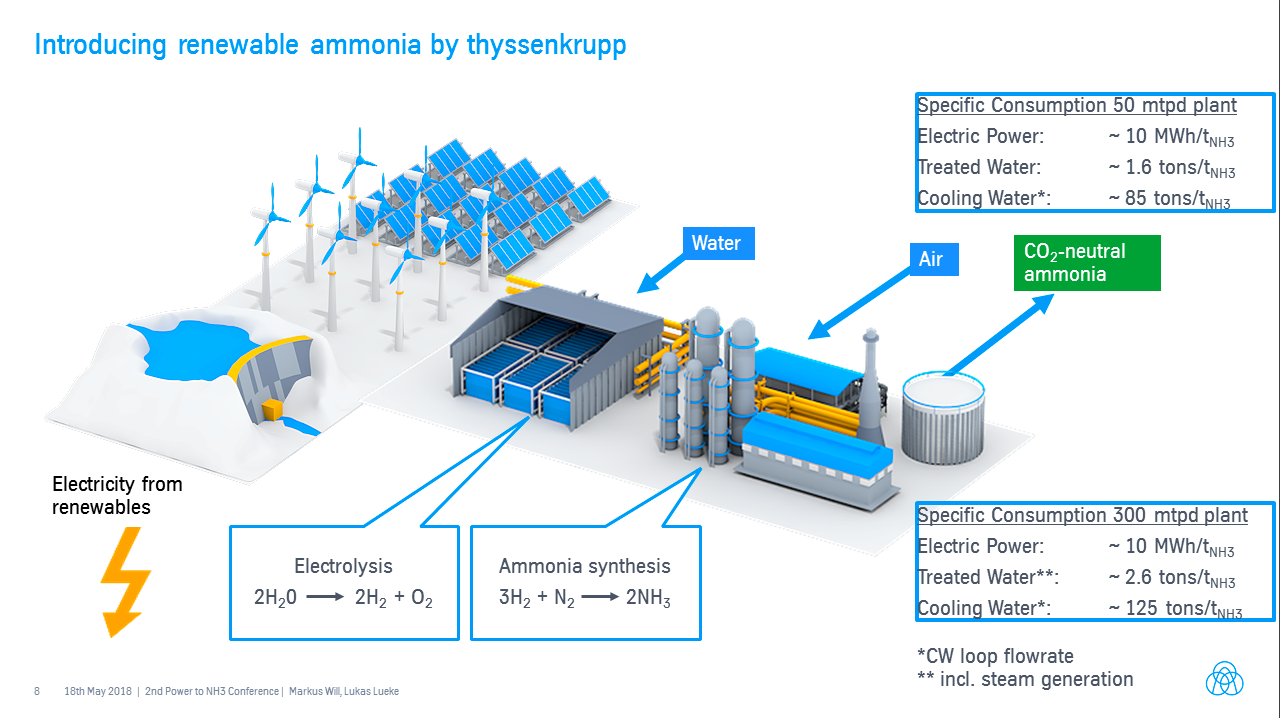Solar Ammonia
Green ammonia at oil and gas scale: the 15 GW Asian Renewable Energy Hub
The Asian Renewable Energy Hub will be a 6,500 square kilometer wind and solar farm in Australia's Pilbara desert, producing green ammonia for export beginning in 2027/28. This was recently reported as an investment of AU$ 22 billion (US$ 16 billion). As it says on its website, this is "renewable energy at oil and gas scale." Details recently entered the public domain regarding the project's upstream segment (power generation). Now, its downstream segment (green ammonia production) is coming into focus as well. InterContinental Energy, one of the project backers, represents the Asian Renewable Energy Hub as just one project within its $100+ billion, 50 million ton per year, green ammonia and green methanol production portfolio: "the largest and most advanced portfolio of green hydrogen projects worldwide."
Solar ammonia, available in Spain from 2021
Last week, Iberdrola and Fertiberia announced plans to start producing green ammonia for “fertilizantes libres de emisiones” (emission-free fertilizers). Iberdrola will invest EUR 150 million to build the 100 MW “Puertollano II” solar field, with a 20 MW electrolyzer bank to produce renewable hydrogen. Fertiberia will “update and modify” its existing Puertollano plant to consume this green hydrogen, reducing its natural gas use by “over 10%,” and producing green ammonia beginning in 2021.
Arranged launches DualTower website, expands to DualSolar
MEMBER NEWS: AEA Member Arranged BVBA has launched a new website for its green ammonia concept, the DualTower. The new site discloses a series of updates on the technology since we first wrote about this project in early 2018, and it also expands the concept in a new direction, introducing the DualSolar.
Our Improved Farm Tractor Ammonia and Hydrogen Fueling System
Green Ammonia Plants in Chile, Australia, New Zealand
Green ammonia plants are being announced quicker than I can report. Here is a summary of four new projects that propose to use electrolyzers, fed by renewable power, to produce hydrogen for ammonia production. These are big companies, operating in regions with excellent renewable resources, making significant investments in their future. In Chile, it is Enaex, a major ammonium nitrate manufacturer, supplying explosives to the mining industry. In Australia, it is Incitec Pivot, "the second largest supplier of explosives products and services in the world," and Wesfarmers, "the largest Australian company by revenue," according to Wikipedia. In New Zealand, it is Ballance-Agri Nutrients, a big farmers' co-operative and the country's sole fertilizer producer. Each aims to make its business "future-proof." The transition from fossil ammonia to renewable ammonia is underway.
Ammonia plant revamp to decarbonize: Yara Pilbara
This week, Yara announced major progress toward producing "green ammonia" at its plant in Pilbara, Australia. Its new partner in this project is ENGIE, the global energy and services group, which last year made a major commitment to developing large-scale renewable hydrogen projects. I first reported Yara's plans for a solar ammonia demonstration at its Pilbara plant in September 2017. This week's announcement means that the Pilbara project has moved to the next feasibility phase. However, major elements of the project have already been designed and built: during last year's scheduled turnaround for plant maintenance, the hydrogen piping tie-in was completed - meaning that the Haber-Bosch unit is ready to receive hydrogen directly, as soon as an electrolyzer has been built to supply it with renewable feedstock.
Creating a Redox Materials Database for Solar-Thermochemical Air Separation and Fuels Production
Green Ammonia Plants, Commercially Available Today
In the last 12 months ... Green ammonia pilot plants began operations in the UK and Japan, and new demonstration plants were announced in Australia, Denmark, Morocco, and the Netherlands (more, yet to be announced, are in development). Fertilizer company CEOs spoke about how green ammonia fits their corporate strategy. And all four of the global licensors of ammonia technology made it abundantly clear that they are ready and willing to build your green ammonia plant, today.









